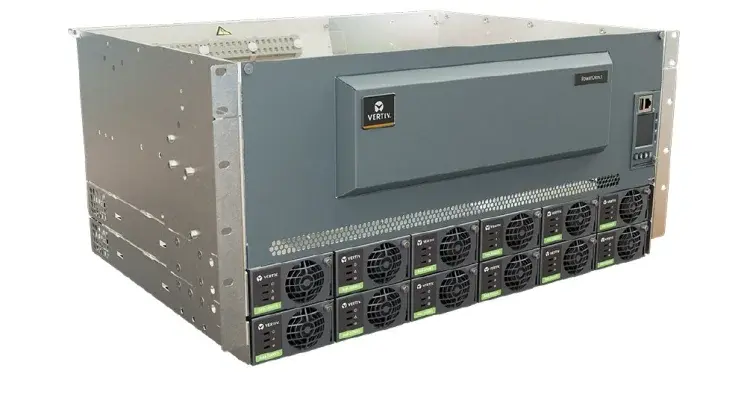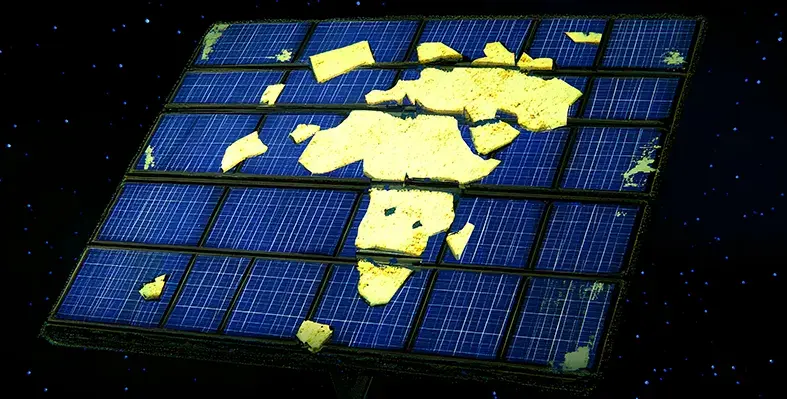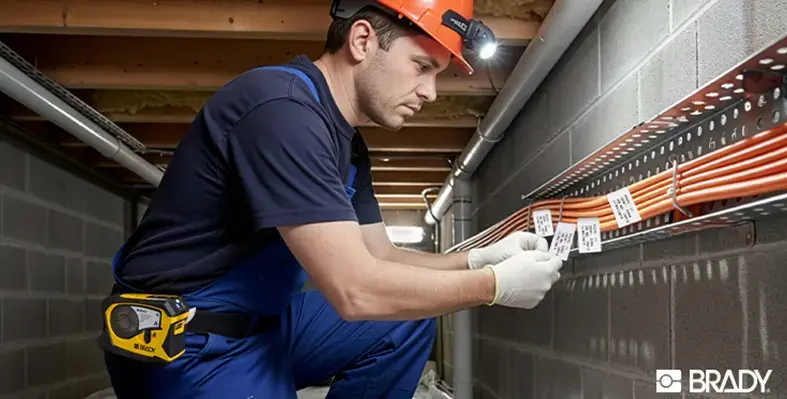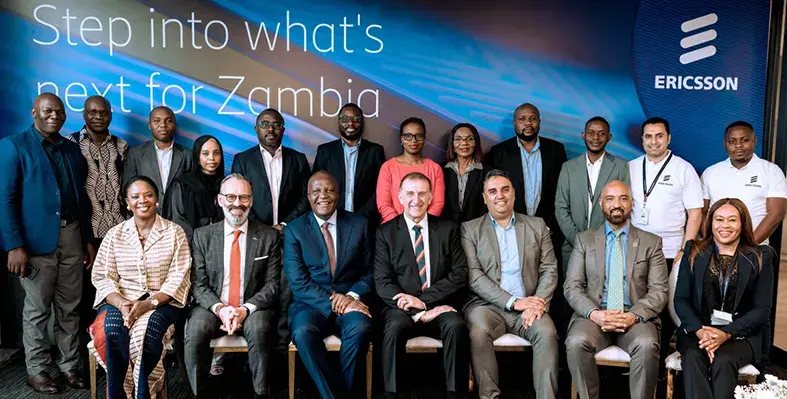Mobile money transactions in East Africans are now equivalent to a third of the value of goods and services produced in the region
According to the World Bank’s Global Findex 2014 report, consumers in Kenya, Uganda, Rwanda and Tanzania transacted US$45.75bn through their mobile phones last year, which was about 32 per cent of their combined GDP. This was up from combined mobile money transactions of US$4.86bn in 2009, which was 3.4 per cent of the combined GDP at the time.
The number of registered mobile money subscribers across the four countries was 82.3mn as of December 2014, compared to 29mn customers in 2009. East African consumers are moving an average of US$3.8bn monthly or US$125mn per day, up almost ten-fold compared with the US$13.3mn per day five years ago.
Kenya posted a nearly five-fold growth in volumes in as many years to hit US$23.7bn last year which amounted to about 39 per cent of its GDP. Ugandans transferred US$7.14bn through mobile phones in the year 2014 while Rwandans moved US$0.96bn over the same period, corresponding to 27 per cent and 12 per cent of their GDP respectively. Tanzania moved US$13.9bn in 2013 which was equivalent to 28 per cent of its GDP.
There are 24 mobile money service providers across the EAC. Safaricom’s M-Pesa is ranked the biggest, with 20.63mn registered customers as of March 2015. Zimbabwe has Africa’s highest ratio of mobile cash transactions relative to the size of its economy, at US$6.1bn in mobile cash last year which amounted to 45 per cent of its GDP.
Leora Klapper, an economist at the World Bank and co-author of the report, said that consumers are increasingly using mobile money because the platform is faster, more efficient, safer and more transparent than using cash. “It has reduced risks like leaky transfers, delays and high cost of transactions for users who want to transfer money to family members and friends,” she said.
Cross-border mobile money remittances and retail payments for school fees, agricultural products and payment of wages via mobile cash are now seen as the next frontier in the mobile money industry.






















